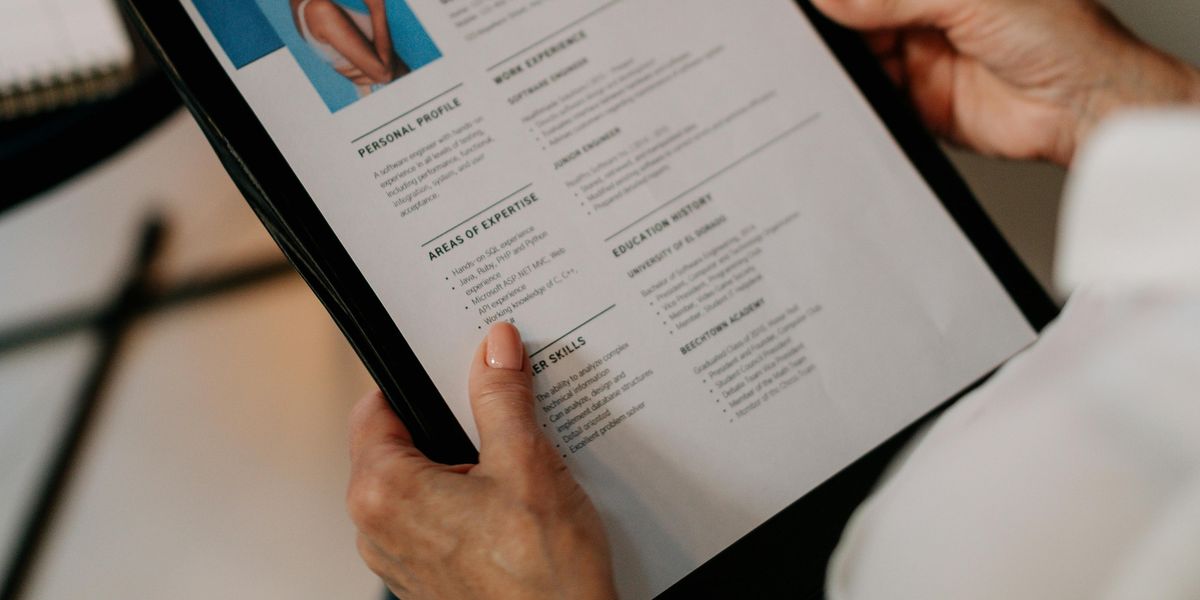Resume Optimization Strategies: Proven Methods to Land More Job Interviews
Sun Jun 29 2025
If you've ever sent out dozens of job applications and heard nothing back, you're not alone. One of the most common frustrations job seekers face—especially students, entry-level professionals, and career changers—is not getting interviews despite being qualified. The good news? Learning how to get more interviews often comes down to one key thing: your resume.
A well-optimized resume isn’t just a list of your past experiences—it’s a strategic document designed to pass ATS filters and catch the attention of busy hiring managers. In this guide, we'll show you how to optimize your resume to get more interviews, even if you're early in your career or transitioning into a new field.

Why You're Not Getting Interviews
Let’s start with the reality: hiring managers don’t spend more than 6–8 seconds on a first pass through your resume. That means your resume needs to grab attention instantly while also being ATS-friendly (Applicant Tracking System).
Here are common reasons resumes get ignored:
- Overly generic or unfocused content
- Lack of targeted keywords matching the job description
- Poor formatting or inconsistent structure
- No quantifiable results or accomplishments
- Not tailored to the role or industry
The goal is to get more interviews by showing you're not just qualified—you’re a match for the exact role you’re applying for.
What Makes a Resume Interview-Worthy?
A resume that gets interviews has a few key qualities:
- It speaks the employer’s language — using the same keywords and phrases from the job description.
- It highlights accomplishments, not just duties — with quantifiable results and impact.
- It’s cleanly formatted — easy to read and structured for both ATS and human reviewers.
- It’s tailored — you’ve made intentional edits for each job or at least each job type.

Step-by-Step: Optimize Your Resume to Get More Interviews
Here’s exactly how to transform your resume into an interview-generating machine:
1. Use a Clear, Professional Layout
- Stick to a clean, single-column design
- Use section headers like Summary, Skills, Experience, and Education
- Save it as a PDF unless otherwise specified
2. Write a Targeted Summary or Objective
Include a 2–3 line summary at the top that highlights your strengths and speaks directly to the type of job you’re applying for.
Example:
“Detail-oriented marketing graduate with strong project management skills and internship experience in digital campaigns. Passionate about helping mission-driven brands grow.”
3. Add a Skills Section Packed with Keywords
Create a bullet list of hard and soft skills that match the job description. Avoid fluff—include tools, technologies, and competencies the job listing mentions.
If you're a new grad or still a student, the skills section becomes even more important. For more info, check out resume format for students for layout tips that emphasize skills and potential.

4. Rewrite Your Work Experience for Impact
Don’t just list job duties. Use action verbs, highlight results, and quantify when possible:
- ❌ "Responsible for customer service"
- ✅ "Resolved 50+ weekly customer inquiries, improving satisfaction by 20%"
Even school projects or volunteer roles can be reframed this way.
5. Customize for Every Role
Yes, it takes a little extra time—but tweaking your resume for each job greatly increases your chances. Focus on:
- Reordering bullet points to emphasize the most relevant
- Replacing general phrases with keywords from the job ad
- Adjusting your summary to reflect the job’s top 2–3 priorities

Bonus Tip: Use Job Descriptions as Your Blueprint
Copy a job description into a document and highlight repeated phrases and required skills. Then mirror that language in your resume—this helps you optimize your resume to get more interviews by aligning with what recruiters are actually searching for.
What About Resume Gaps or Career Changes?
If you're switching industries or have a non-linear background, the best way to get more interviews is by focusing on transferable skills and relevant accomplishments. A combination resume format works well here, leading with skills before detailing your work history.

Final Thoughts: Your Resume Is the Key to More Interviews
If you're not getting callbacks, it's time to stop guessing. A resume that actually works is one that's intentional, strategic, and tailored. By using the steps above, you’ll drastically improve your chances of being seen—and selected.
Want to take the guesswork out of it? OptApply helps you build resumes that are already optimized with the right format, keywords, and layout. Just upload your current resume and a job description, and we’ll tailor it in seconds.